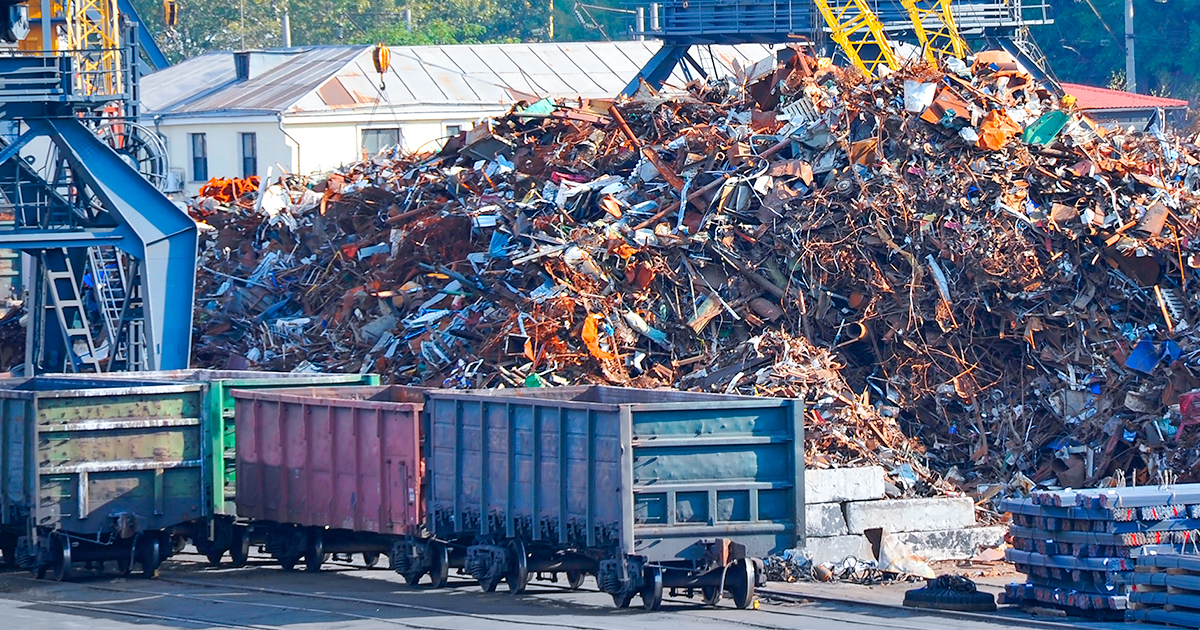
News Global Market Germany 790 01 December 2023
Export of raw materials for 9 months decreased by 3% y/y
In January-September 2023, Germany reduced scrap imports by 22% compared to the same period in 2022, to 2.6 million tons. This is the lowest import volume since 2006. This is reported by Kallanish with reference to data from the Federal Statistical Office of Germany.
The main supplier of raw materials to the German market was the Czech Republic – 619.4 thousand tons, the Netherlands shipped 547.63 thousand tons of scrap to Germany (-26% y/y), Poland – 388.1 thousand tons (-23% y/y).
Exports of scrap from Germany in January-September 2023 amounted to 5.8 million tons, down 3% y/y. The main export destination is the Netherlands – 1.17 million tons (-11.7% y/y). Deliveries to Italy for 9 months increased by 4% y/y – to 1.14 million tons.
Turkiye is the main consumer of German scrap outside the EU. Exports to this destination amounted to 573.11 thousand tons, up 6% y/y. Supplies to India increased by 156% y/y – to 262.6 thousand tons.
Scrap prices in Germany rose slightly in November due to a recovery in exports. Outdated scrap grades cost €320/t, while new grades cost €325-330/t. Prices for shredded scrap are €330/t. The market expects prices to remain stable until the end of the year or decline slightly, as most German steel mills are reluctant to replenish stocks and market activity will slow down amid the holidays.
As GMK Center reported earlier, in 2022, Germany reduced its scrap exports by 14% compared to 2021, to 7.7 million tons, the lowest level since the economic and financial crisis of 2009. Despite the decline in volumes, export revenues from scrap increased. In 2022, the country’s scrap processing companies increased the value of exports by 8.9% yoy to €4.9 billion.
Last year, scrap imports to the country decreased by 12% y/y – to 4.3 million tons, with import costs amounting to €2.2 billion over the period.




